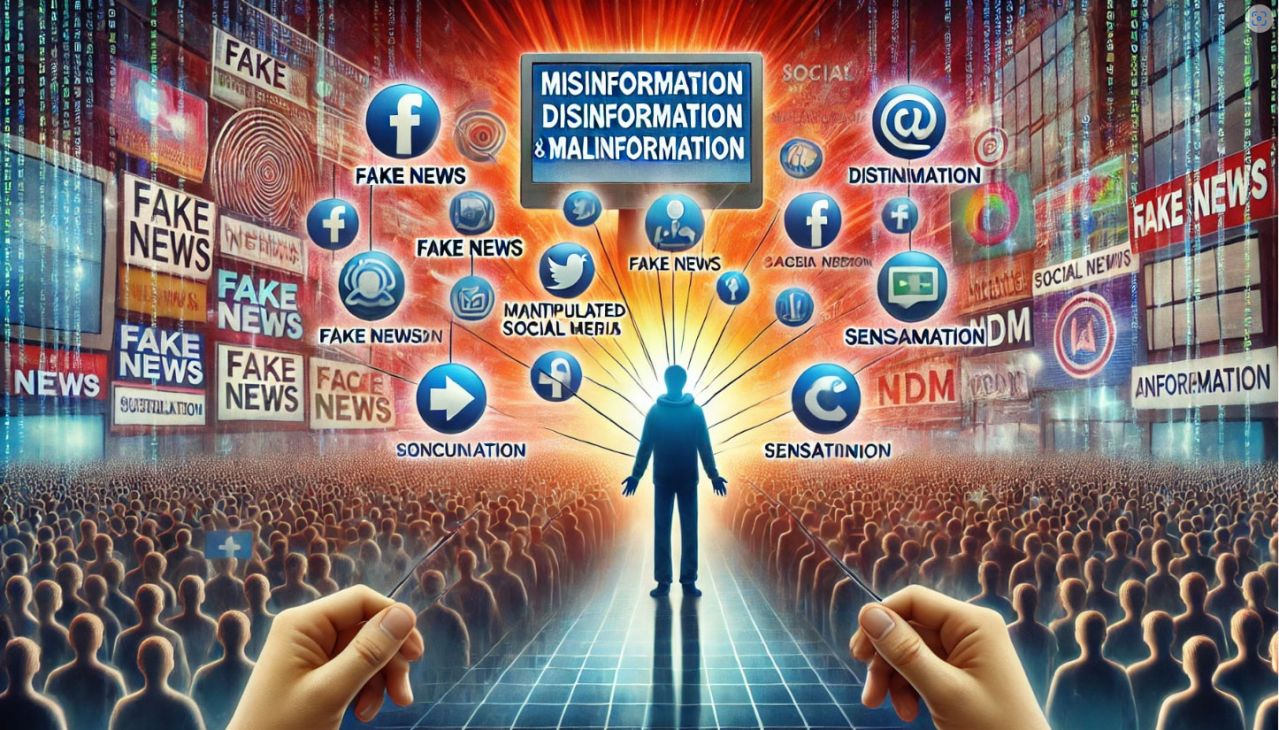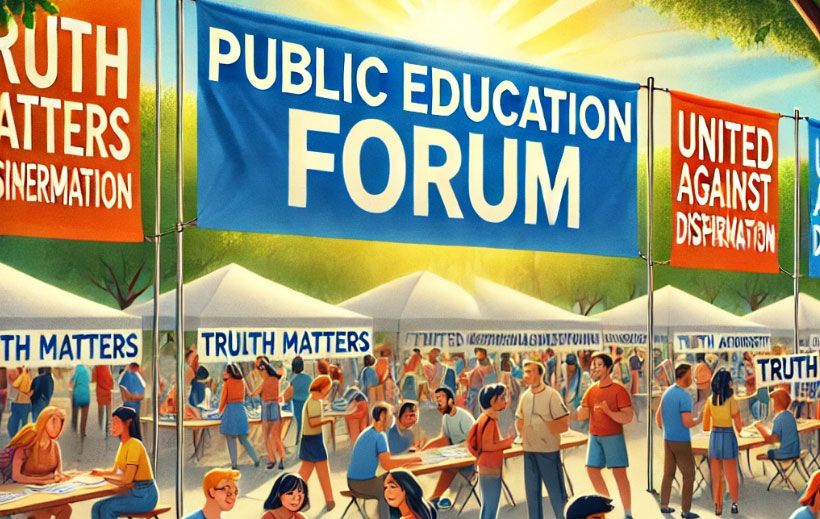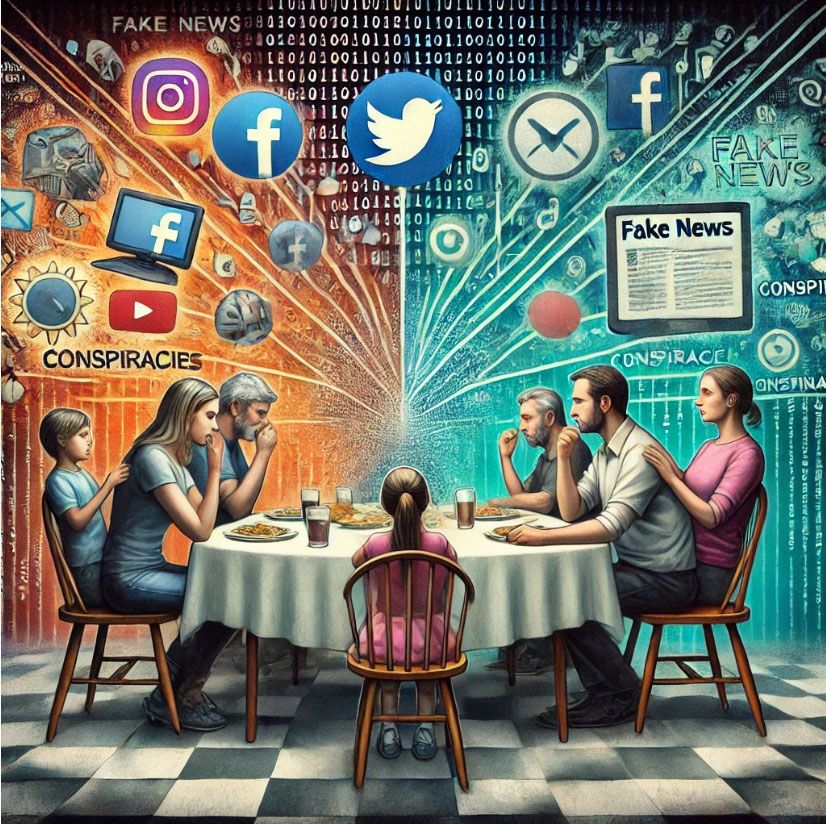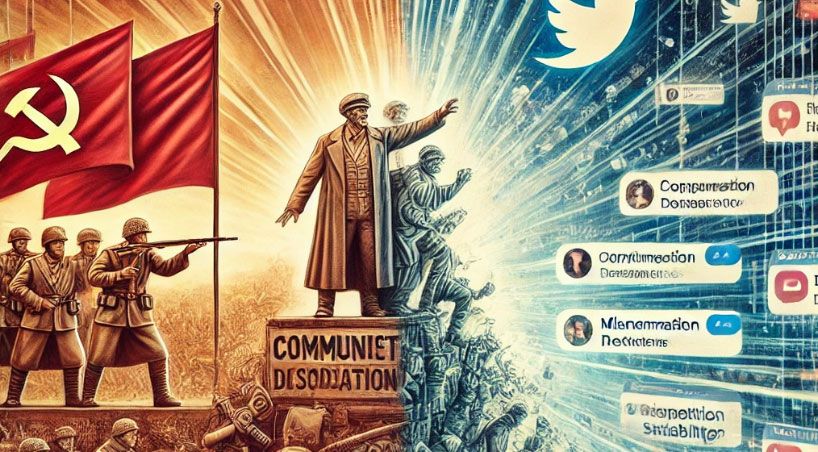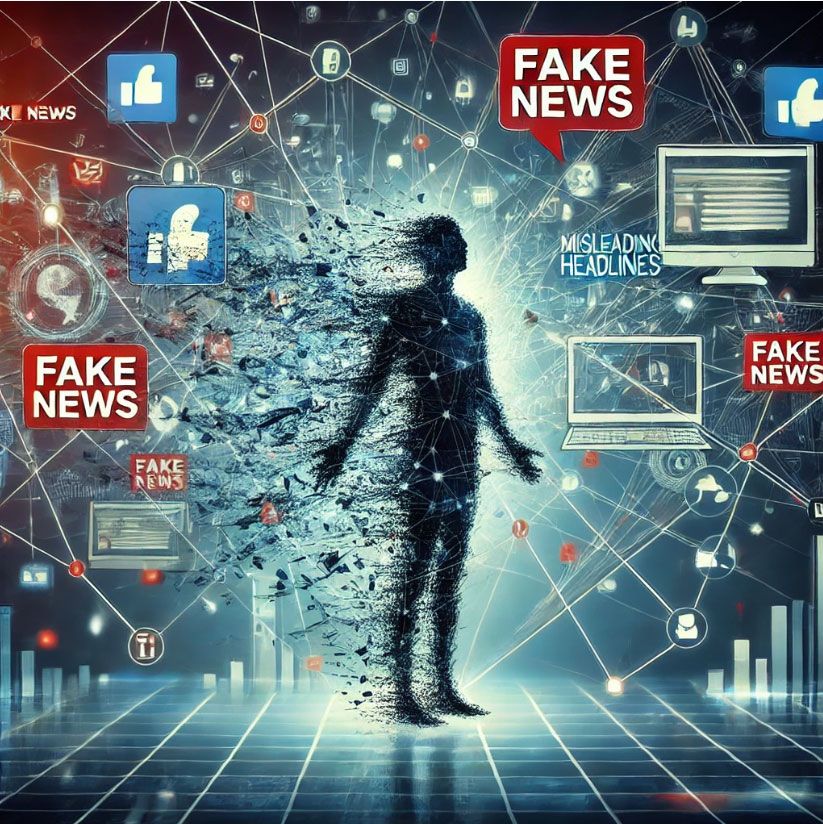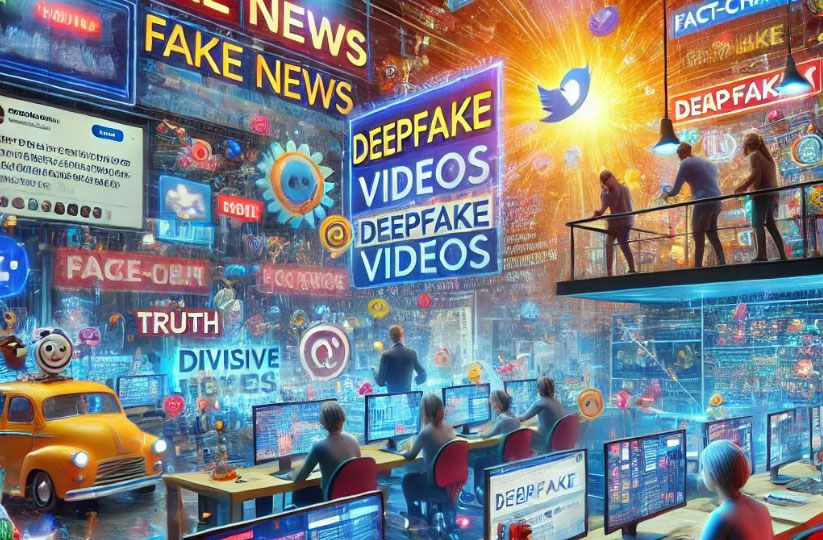What Do These Terms Mean?
Misinformation: False but Not Malicious
Misinformation refers to false or inaccurate information shared without harmful intent. It’s often unintentional, like sharing an outdated news story thinking it’s current.
Example: A family member shares a social media post about a "new COVID-19 variant" based on a two-year-old article. Similarly, outdated weather reports circulating on social media have caused unnecessary panic, or misinformation about a product recall has led to unwarranted consumer anxiety. While not meant to harm, it can still spread confusion.
Disinformation: Deliberate Deception
Disinformation is intentionally false information created to deceive or manipulate. It’s often crafted to influence opinions or create division.
Example: A fabricated story claims a political candidate is involved in a scandal, timed to discredit them just before an election. Similarly, fake job postings targeting job seekers with promises of high salaries or remote work opportunities are a common form of disinformation, aimed at stealing personal data or scamming individuals out of money.
Malinformation: Harmful Use of the Truth
Malinformation involves using factual information maliciously, often by removing it from its original context to cause harm.
Example: Publishing private texts or emails of public figures to ruin their reputation, even if the content itself is accurate. For example, leaks of internal company emails in recent years have caused public backlash against brands, demonstrating how malinformation can harm reputations and erode trust in organizations.
Why Does MDM Matter?
Erosion of Trust
MDM undermines trust in institutions like the media, governments, and public health organizations. For instance, during the COVID-19 pandemic, disinformation campaigns promoted vaccine hesitancy, leading to public distrust in health advice.
Economic Costs
False information can cost billions annually. For example, financial scams spread through MDM techniques trick people into making bad investments, destabilizing entire markets.
Threats to Democracy
MDM is particularly dangerous during elections. Disinformation about voter fraud or polling locations can suppress voter turnout, skewing democratic processes.
How to Identify and Combat MDM
Signs of MDM
To protect yourself, evaluate content critically:
- Does it provoke strong emotions? Sensational headlines often aim to manipulate feelings.
- Are the claims extraordinary? Extraordinary claims require extraordinary evidence.
- Is it clickbait? Headlines that seem too shocking to be true often aren’t.
- Is it out of context? Check if the information is presented in its proper context.
Tools for Verification
- Reverse Image Search: Tools like Google Lens can help verify if an image has been manipulated or misattributed.
- Fact-Checking Websites: Use resources like Snopes, PolitiFact, and FactCheck.org.
- Reliable Sources: Cross-reference claims with reputable news outlets.
Promoting Media Literacy
Educating yourself and others about media literacy is vital. Programs like MediaWise provide tools for critically evaluating online information (MediaWise).
Grassroots movements like NAFO (North Atlantic Fellas Organization) use humor and community engagement to counter disinformation creatively (Learn more about NAFO).
Real-World Impacts of MDM
Misinformation: The "Plandemic" Video
In 2020, the viral "Plandemic" video spread misinformation about COVID-19, claiming vaccines were dangerous and part of a conspiracy. Millions watched and shared it before fact-checkers debunked its claims, showcasing how easily misinformation can gain traction (FactCheck.org on Plandemic).
Similarly, false warnings about tsunamis or earthquakes have gone viral on social media, causing unnecessary panic and confusion, further illustrating the real-world impacts of misinformation.
Disinformation: Russian Election Meddling
During the 2016 U.S. presidential election, Russian disinformation campaigns targeted voters with fake stories, divisive memes, and coordinated social media bots, significantly influencing public discourse (Source).
Similarly, during the Brexit referendum, false claims about EU regulations and immigration were spread to sway public opinion, illustrating how disinformation tactics are used to manipulate voters worldwide.
Malinformation: Celebrities’ Private Data Leaks
In 2014, the "Celebgate" scandal exposed private photos of celebrities (Background on Celebgate). Though the photos were real, sharing them without consent caused immense harm and demonstrated the malicious potential of malinformation.
Moving Forward: What Can You Do?
Be a Critical Consumer of Information
- Pause Before Sharing: Verify information before spreading it.
- Check the Source: Is it reputable? Does it have a track record of accuracy?
- Think Critically: Ask who benefits from the information and why it’s being shared.
Support Efforts Against MDM
- Advocate for media literacy education in schools.
- Follow and support independent, fact-based journalism.
- Participate in community efforts, like First Draft News, to counter disinformation.
Use Social Media Responsibly
Social platforms are breeding grounds for MDM. Report suspicious content and encourage accountability from tech companies to combat false information effectively.
Conclusion
Misinformation, disinformation, and malinformation are not just buzzwords; they are real threats to our collective well-being and democracy. By understanding these concepts and staying vigilant, we can all play a role in countering their spread.
Whether it’s pausing before sharing a post or supporting grassroots movements like NAFO, every action counts in the fight against misleading information.
Together, we can create a more informed and resilient society.
Sources:
- "What is MDM?" - NAFO Forum
- "Disinformation and Elections" - Brookings Institution
- "Fact-Checking Resources" - Poynter Institute


